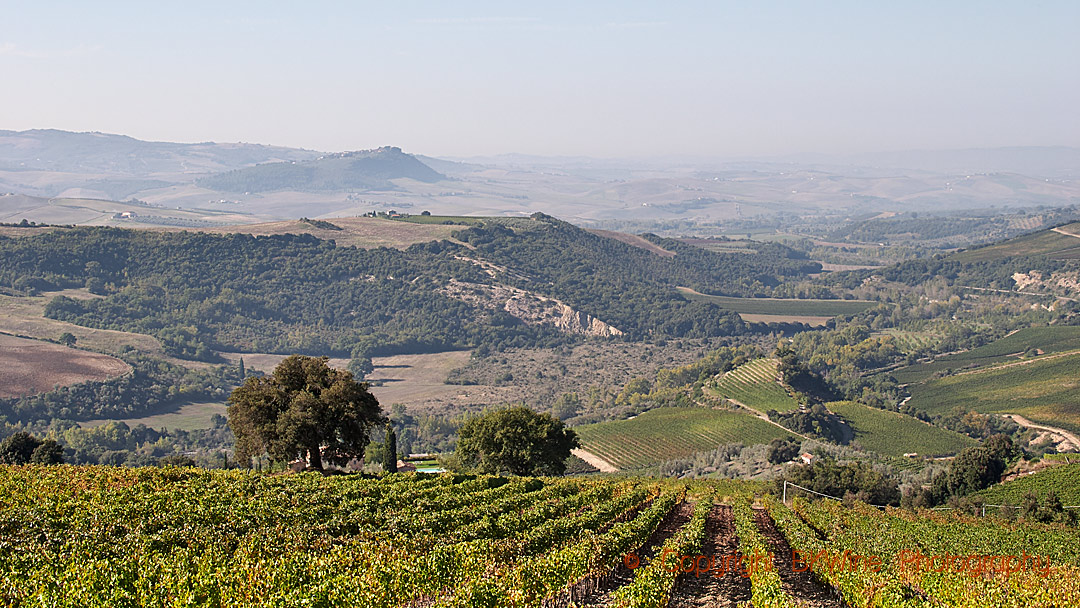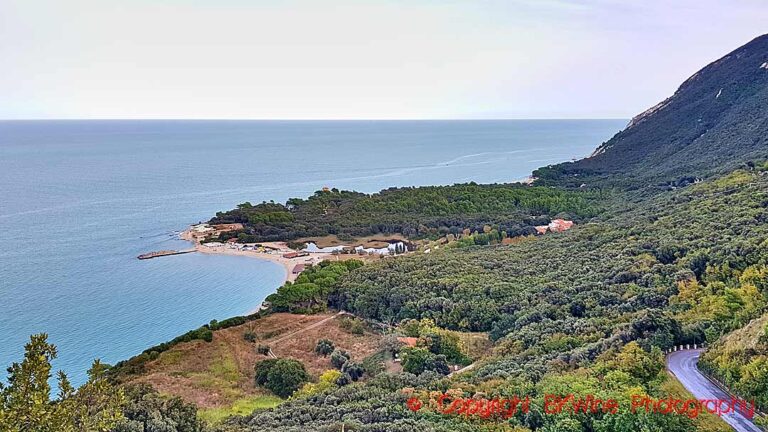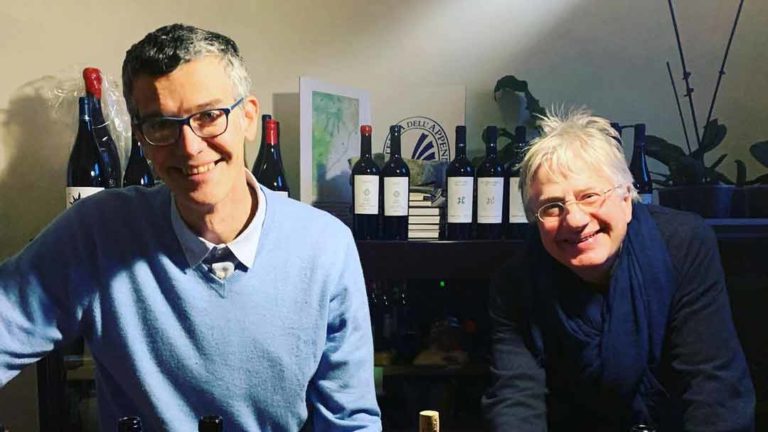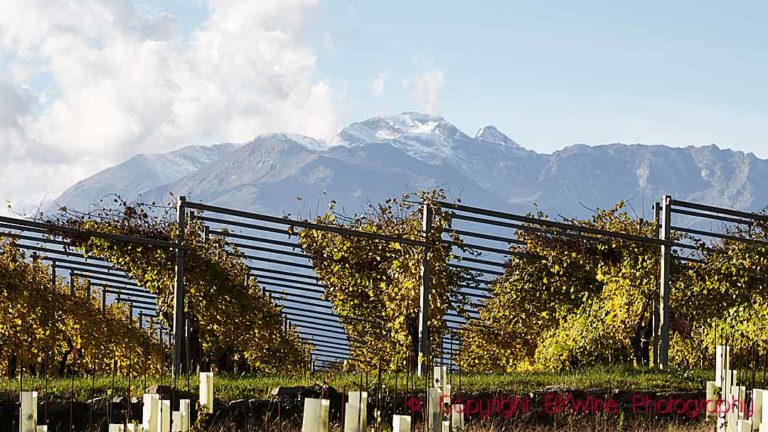Terre di Pisa. A fairly new area for some of us. Yes, you can probably say that. Not a single wine is in the available at Systembolaget, the monopoly in Sweden. It may seem strange as it is a part of Tuscany that we believe and think we are familiar with and like. So what what would be more obvious for the curious than to participate when the Pisa region tries to increase its presence and raise the temperature around its name? BKWine Magazine’s Henrik Stadler explores the wines from this new area.
The history goes back to the Etruscans who almost 1000 years BC. started the viticulture in the area. After the Etruscans, the Romans took over and developed viticulture.
The area is between sea and mountain, so there are different types of conditions for viticulture at different altitudes and different soils. Clay soil is dominant, but there are also elements of areas with corals and shells from the Pliocene (~3-5 million years ago). The area today consists of forests, olive groves and farmland where vineyards are interspersed in a beautiful and fine way that we recognize from the rest of Tuscany. This facilitates organic and biodynamic viticulture and viticulture with low environmental impact, which a common factor for a significant number of the vineyards.
The most common grape in Terre di Pisa is sangiovese, but also more recently some cabernet sauvignon, cabernet franc, merlot and syrah, trebbiano, malvasia nera and colorino. There is also some vermentino, petit verdot and canaiolo. They have a modern and exploratory approach to fermentation and ageing where they like to experiment with urns, amphorae and jars of various types.
Terre di Pisa has two different DOCs today. They are fairly new DOCs and have recently started work on focusing on increasing quality and investing more heavily in marketing itself as a region. This also means that they work intensively to get more DOCs. The priority is to get three new DOCs, for white wines, rosé and a special one for vermentino.
The rules for the two different DOCs are:
- Terre Di Pisa Sangiovese DOC: at least 95% sangiovese
- Terre Di Pisa Rosso DOC: at least 70% a blend of sangiovese, cabernet sauvignon, merlot and syrah or single grape wines from the said grapes.
Tasting wines from the region requires some planning. Save the tannic sangiovese wines for the end and start with the blends that are a little lighter.
If you like pure sangiovese wines, there are plenty to refresh yourself with. The ones I like the most are Badia di Morrona Vigna Alta 2018 and a Marina Romin Turseno 2019. Both powerful with a lot of tannins and brick coloured. Age-worthy and the producers say 5-15 years. Both would go well with a well-seasoned entrecote that has been allowed to sear for a few minutes on each side.
Among the mixed grape wines, it was a Fattoria Varramista Frasca 2019 (50% syrah, 25% sangiovese and 25% merlot) and a Podere Spazzavento Grano delle Formiche 2018 (70% sangiovese and 30% colorino) that stood out. The former with a velvety texture and a good length that made it enjoyable. The other with a very beautiful colour thanks to the colorino and a long and flavourful aftertaste where the tannins are slightly tempered by the colorino.
Among the white selection was a pure Punto di Vista 2021 Vermentino that came across as light, mineral with some tropical fruit that would pair nicely with grilled fish on a warm summer evening.
In conclusion, it is likely that we will see, hear and taste more of this interesting region. The only thing that can be a challenge is the somewhat high price level where it seems difficult to get below 25 euros per bottle.

















